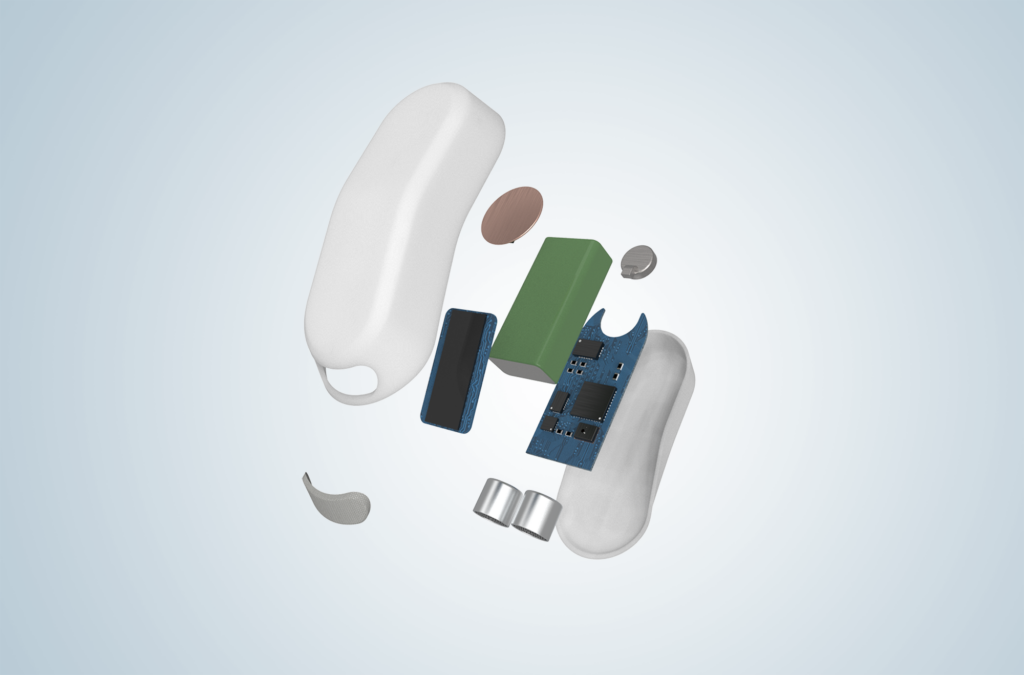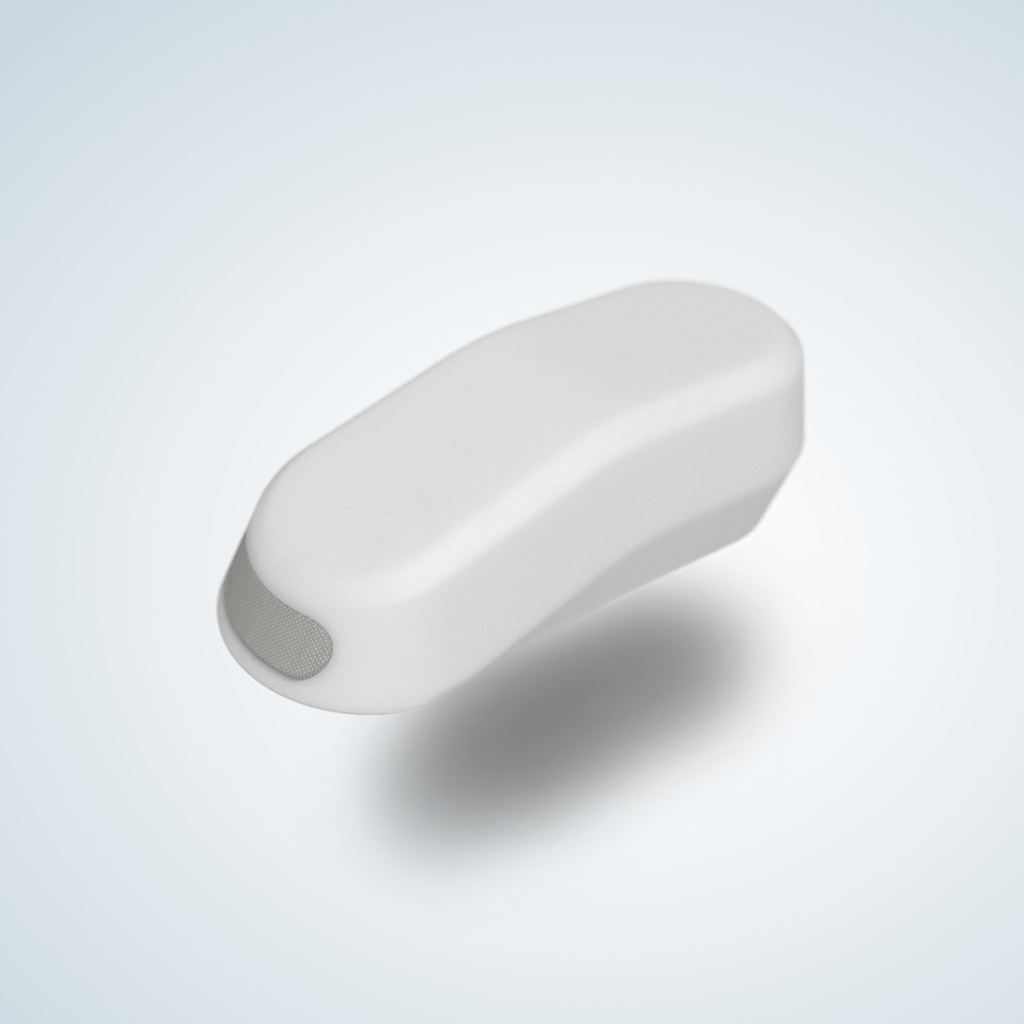NACAS
The Nurse Alarming and Context Awareness System to reduce alarm fatigue for neonatal IC nurses.
Project type: Master Individual Project
Duration: 20 weeks
Tasks: Conceptualisation, cognitive ergonomics complex system design, electronic systems prototyping, machine learning prototyping
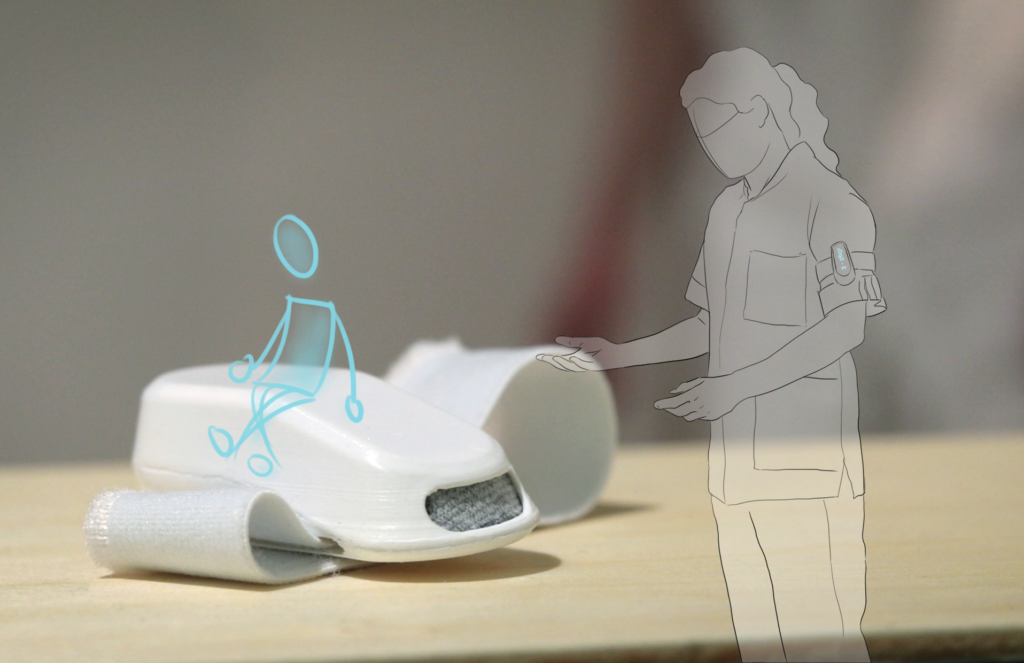



SHIFTING THE ALARMING CULTURE
The current neonatal intensive care unit (NICU) has up to 500 alarms going off per neonate per day. With annoyance high and attentativeness low, alarm fatigue becomes a serious problem.
Where the NICU would overload a nurse, NACAS unobtrusively offers direction through personal and personalised alarming.


A HUMANE ENVIRONMENT
Giving the nurses back a sense of meaning and humaneness requires the systems to not only be understandable, but also to be non-disturbing and reliable. Key challenges follow these factors.
Cognitively ergonomic system function & feedback
Alarm form and distribution handling
Proof of design principles
CONTEXT AWARE
Each step in the design process was focussed around creating unobtrusive but understandable alarms.
Through an context aware system the activity of the nurse is perceived and used to create personalised alarms or pass alarms on to available nurses.
Initial adaptive system idea
Intermediate concept data flow of adaptive system
Later concept alarm adaptations
Final system design data flow
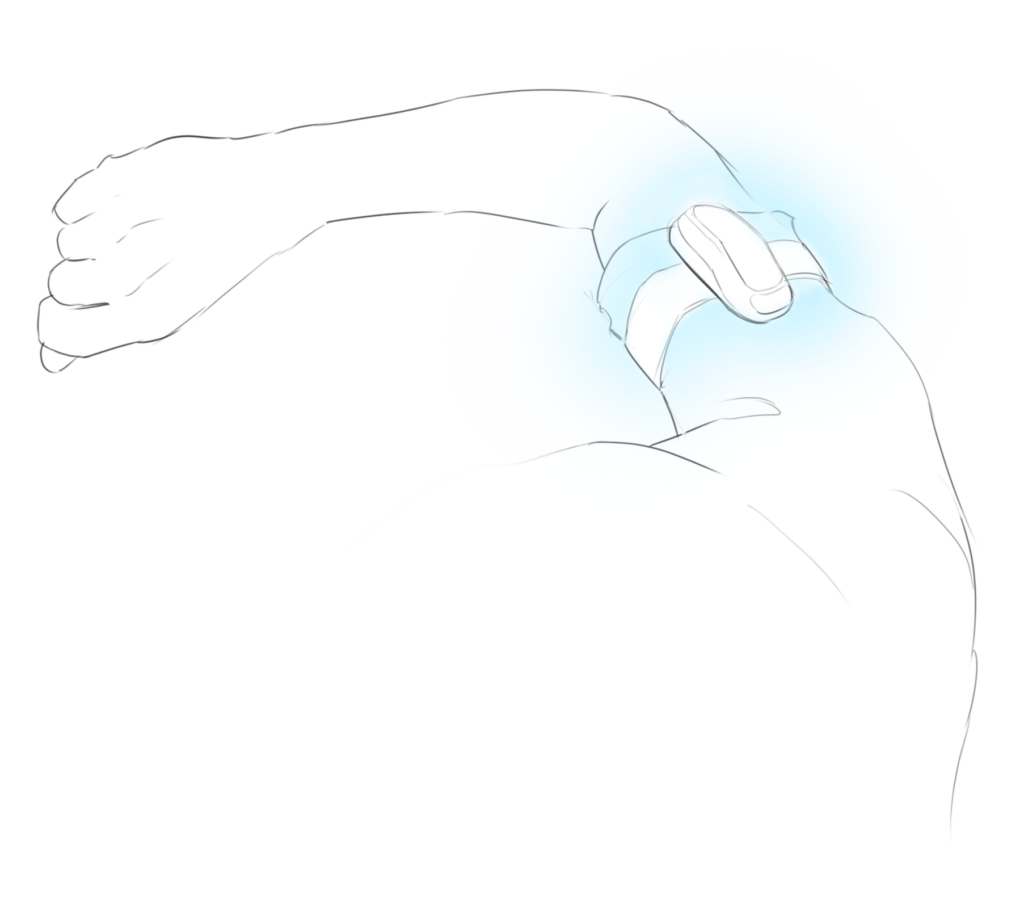
MORE IS LESS
Existing alarming systems rely on increasingly prominent auditory alarms to stand out.
By use of specific combinations of not only auditory alarms but also haptic and visual alarming, the system becomes less obtrusive and more understandable.
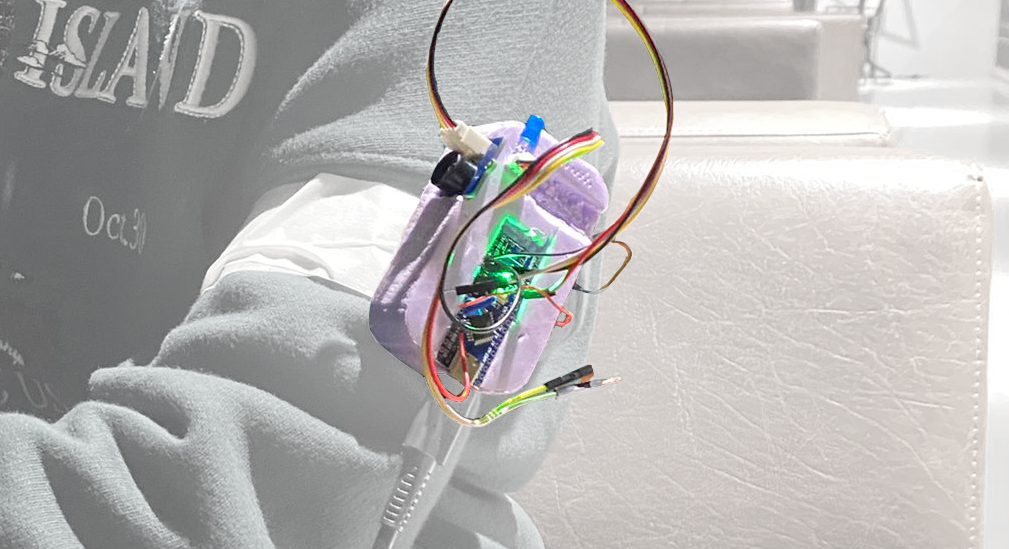
FEEL, HEAR AND SEE
Detailing on the alarm feedback has been tested for with users using lo-fi functional prototypes.
The onfiguration of visual feedback placement, auditory strength and haptic prominence was optimised
Chest clip-on design
Arm pager
Arm alarmer design
Final concept direction
COMPLEX, NOT COMPLICATED
With UWB connectivity, an LRA haptic engine, modulated 44kHz directional speakers and an angled OLED display, the design is embodied with the nurse and fellow nurses in mind.
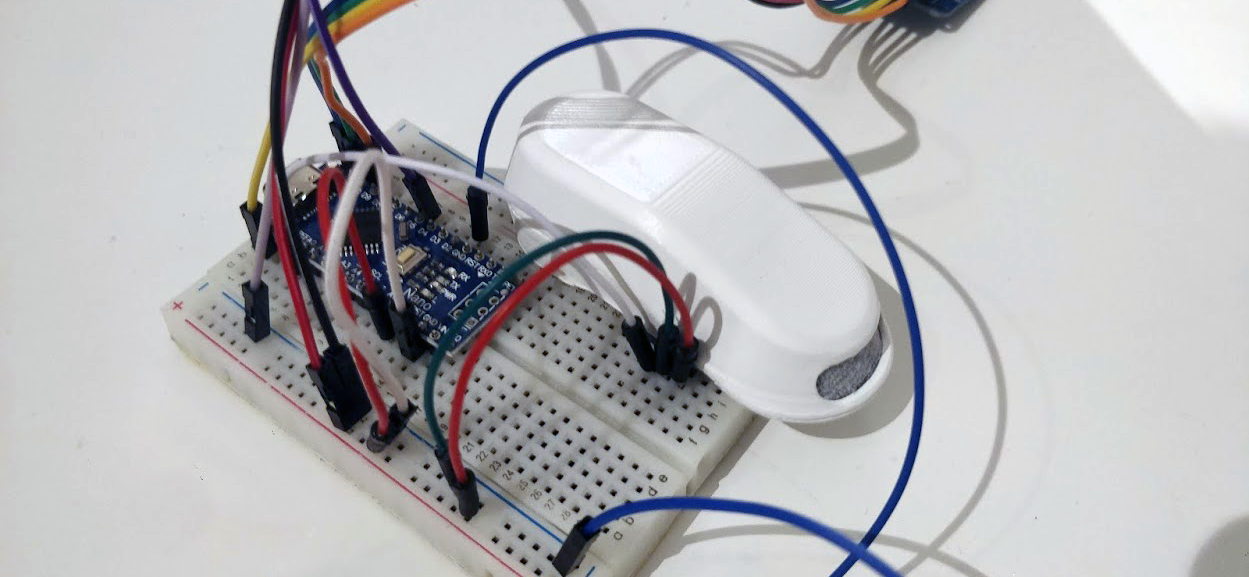
Prototyped machine learning models show a proof of concept for the context awareness system.
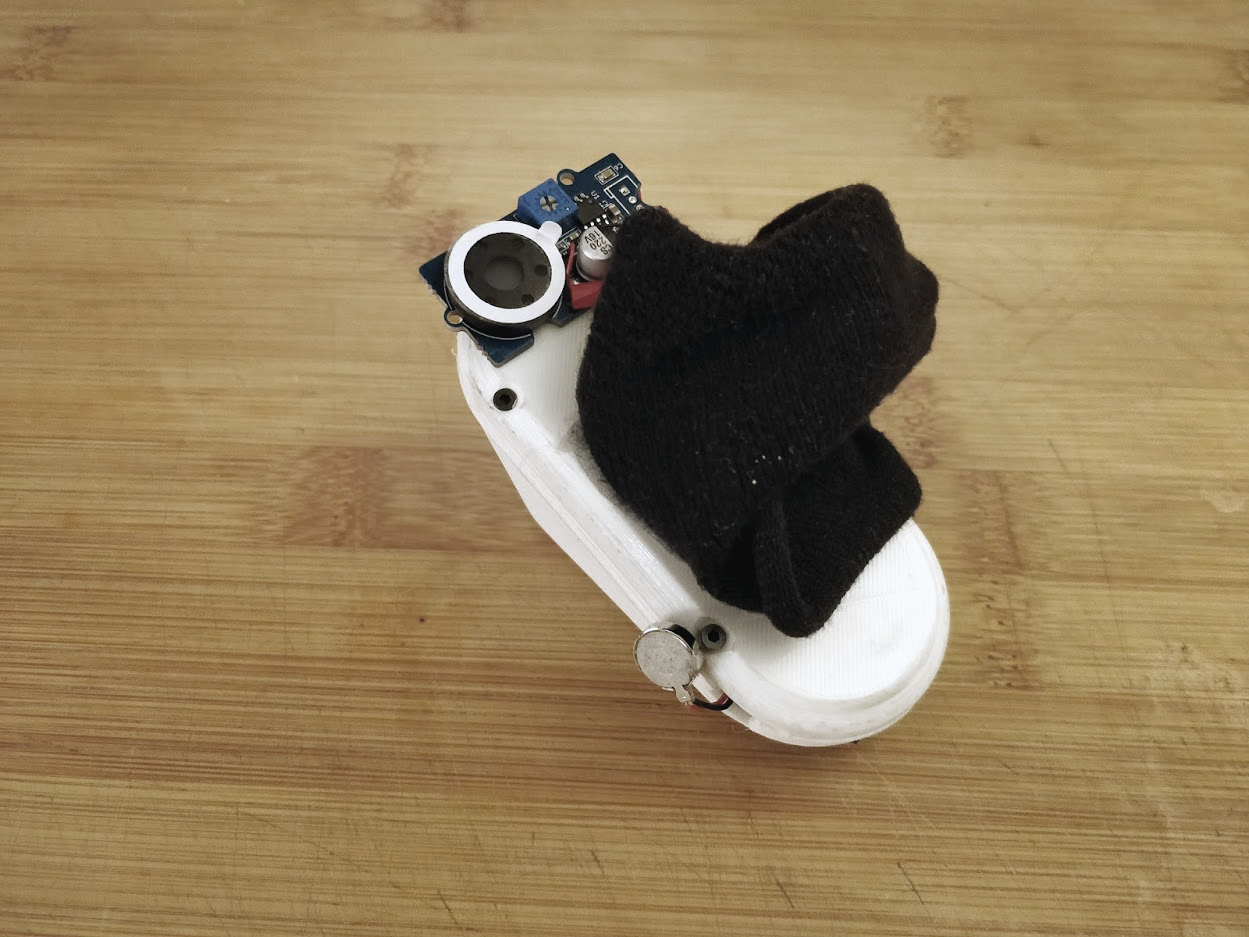
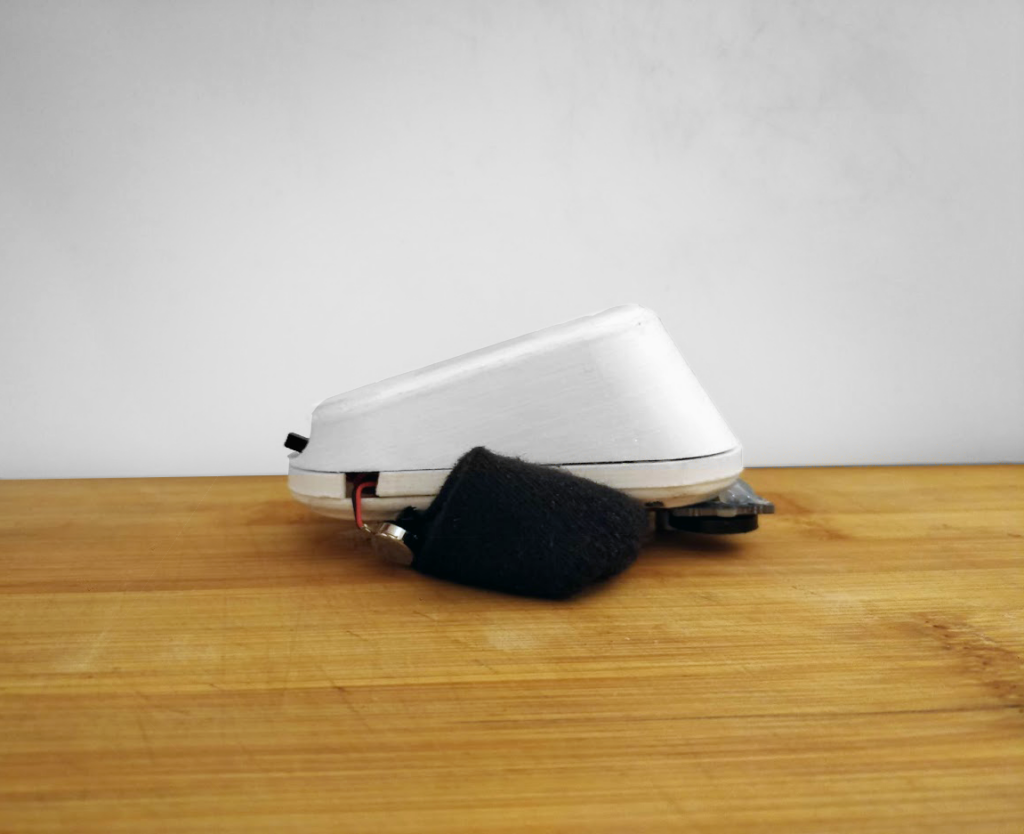
FINE-TUNED TO REALITY
Desirability and usability of the personalised alarms and forms of alarming is validated through tests using a fully functional higher fidelity wireless prototype.

